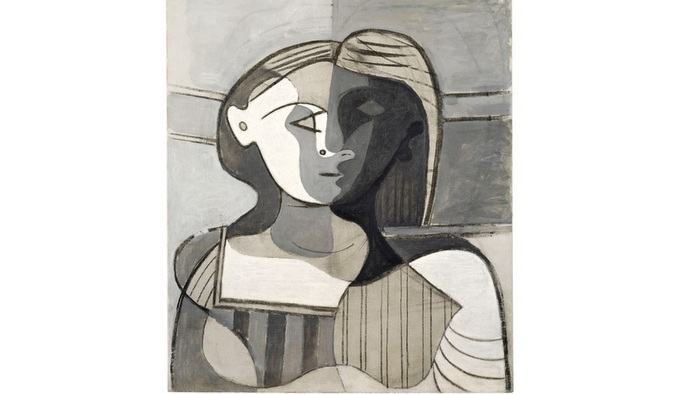By Carolina Lara
After five years with no individual exhibition, Cristobal Anwandter (Chile, 1980) is back on stage with a series of big portraits in which he shows new possibilities of assuming figuration.
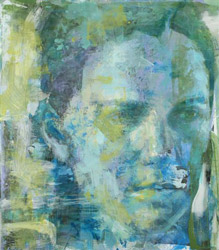 In Sobrecaras, contemporary proposal that counts on high technical precision and plastic arts expressiveness, the artist tries out close up on faces of anonymous people, in which marks, fillings and exposures also speak about the reality of the painting itself.
In Sobrecaras, contemporary proposal that counts on high technical precision and plastic arts expressiveness, the artist tries out close up on faces of anonymous people, in which marks, fillings and exposures also speak about the reality of the painting itself.
In conjunction with the exhibition, to be displayed from June 16 to July 15, 2011, at A.M.S. Marlborough Gallery, this institution works to become this Chilean artist’s work internationalized, who made his debut in this space.
Cristobal Anwandter was 22 years old when he was discovered by A.M.S. Marlbororugh Gallery, while working at Chilean painter Hernan Gana’s workshop. A year after that, he exhibited there and, ever since, he’s part of the artist staff at this international gallery, and also participates in art fairs all over the region, such as ArteBa (Argentina) and Ch.ACO (Chile).
This gallery’s local venue, with subsidiaries in capitals worldwide, has represented a fundamental support to the successful career of this artist. “We’re working to put Anwandter’s work on the international map”, Ana Maria Stagno affirms, director of A.M.S. Marlborough.
During his early years, the painter was linked to the academy. Trained by painting masters in Chile and Mexico, part of his learning, he says, has been also related to the study of classic and modern painters: “I drew and copied them as much as I could, until I understood their construction logics.”
Anwandter shed light on his work with a realist making that contains his own hallmark, which has evolved from the experience of pictorial gesture, form and color. He’s been obsessed with human figure. But during his last individual exhibition (2006, A.M.S. Marlborough), “he was already eager to deconstruct and highlight gestural and interpretative aspects”, over representative and anecdotic ones.
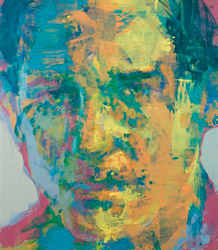 Now, the artist displays the results of the research he carried out in four years: Sobrecaras, a series of large-format portraits in which he focused his attention on the faces or features that make the mark, fillings and exposures. The prominence of figure, he adds, “is enriched by an innovative plastic language and opened to the possibilities of construction and configuration.”
Now, the artist displays the results of the research he carried out in four years: Sobrecaras, a series of large-format portraits in which he focused his attention on the faces or features that make the mark, fillings and exposures. The prominence of figure, he adds, “is enriched by an innovative plastic language and opened to the possibilities of construction and configuration.”
The painting process is on the move. Trying to combine neatness and definition with visceral mood and experimentation, the artist claims to have given a turn into a “fresher and more spontaneous style”. The accuracy used by him to paint a portrait of anonymous people’s features contrasts with the priority of gesture, the ambiguity of psychologically-charged situations and atmospheres. “The human figure will always be an infinite exploration laboratory, with the capacity of renovating itself and providing new possibilities,” he thinks.
After Sobrecaras, Cristobal Anwandter will be working in Europe.
Why have you mainly dealt with human figure during your career?
Since I began painting and discovered it, it had an emotional impact that’s hard to describe, it’s almost like an obsession. Perhaps there is an underlying sociological and anthropological self-reflective interest. The fact is that all of my plastic interests seem to be motivating when combined with human figure.
Why are you now focused on faces?
I’m focused on faces due to the need of synthesizing, reducing the anecdote to the maximum and highlighting emotional aspects of construction. Sometimes, when I speak about fine arts construction, people ask me the reason why I’m not into pure abstraction. I’m interested in tension –too hard to be broached– between construction and chance; the almost failed attempt of organizing what’s un-malleable.
Who have been yours models for these paintings?
Generally close people with certain anatomic characteristics. Why? I don’t know. Is all about cavity proportions, maybe fixations or fetishes…
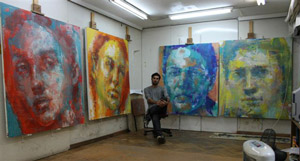 Tell us about the making process: how do you tackle painting?
Tell us about the making process: how do you tackle painting?
I generally take pictures of models as anatomic referents. In most of cases, they have nothing to do with the painting. After that, I start to freely mark by adding layers that generate movement and interesting chromatic coherence. I continue marking it, but giving some shape and volume; I keep on working and then I go back to the beginning, destroying some elements and respecting others. It’s a to-ing and fro-ing in which I try to go against my controlling head. Nowadays, the emphasis is on how I feel while painting and not necessary on the painting. The result depends on the process and that’s where I focus my attention, on feeling myself comfortable, agile, carefree, and fine if necessary. I try to prove myself that the construction can be analytical a propos of absolutely visceral lump sums. It’s an expressionist intention that, through the repetition, ends up defining the figure.
For a “contemporary” proposal, you need to deal with language. How is it printed in your work?
I’m a victim of contemporariness whether I want it or not. I’m opened to everything and enjoy different styles of art and craftworks. I choose painting because I love it and that’s what keeps me motivated in the workshop. I see that my work merges different interests. On the other hand, the anatomic and volumetric definition, fine drawing, my most-related-to-realism origins. But there is also an interest in the different possibilities of applying painting: liquid, material, in exposures, with thinner, sanding, graphic and dripped gestures. I’m fascinated by the grand abstracts and informalists and can’t stop observing them and trying to interiorize some of their processes. There’s also all the ludicrous energy and irreverence of pop, Warhol, Basquiat. All those influences come together and make up this weird blend that I am.
A.M.S. Marlborough Gallery
Nueva Costanera 3723, Vitacura, Chile
Related Publications
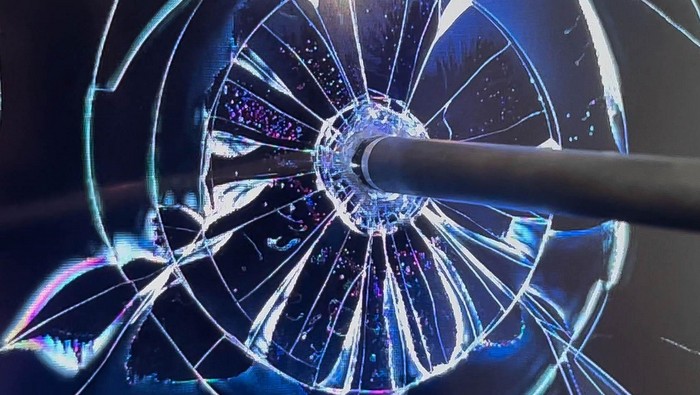
Leo Pum presents HYPER LIKE at HYPER HOUSE
December 18, 2025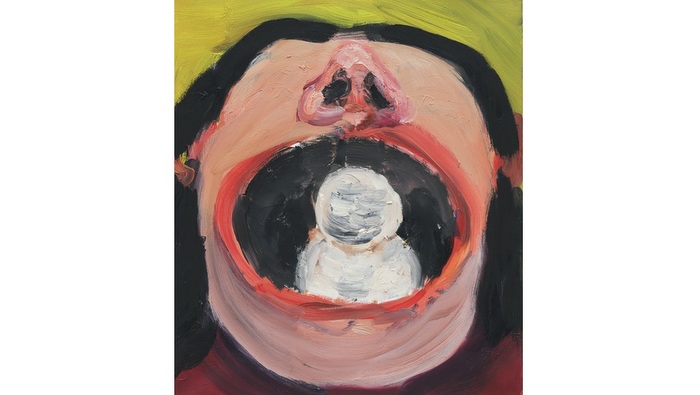
Aargauer Kunsthaus. Klodin Erb. Curtain falls dog calls
December 17, 2025

